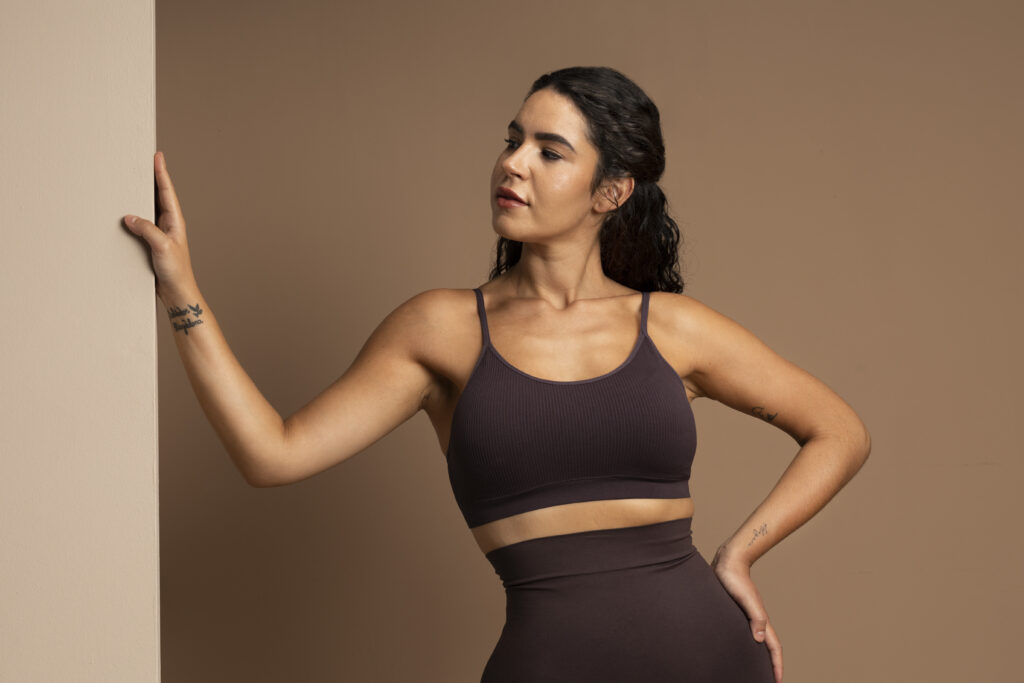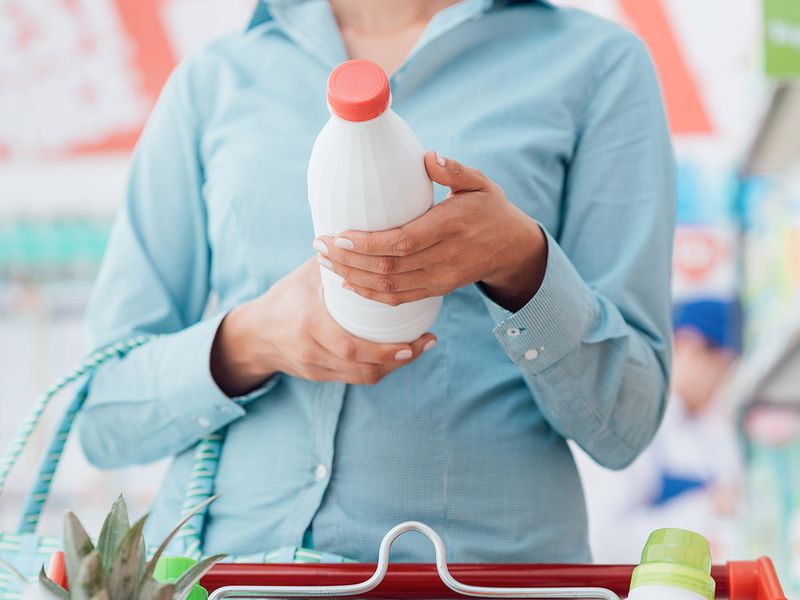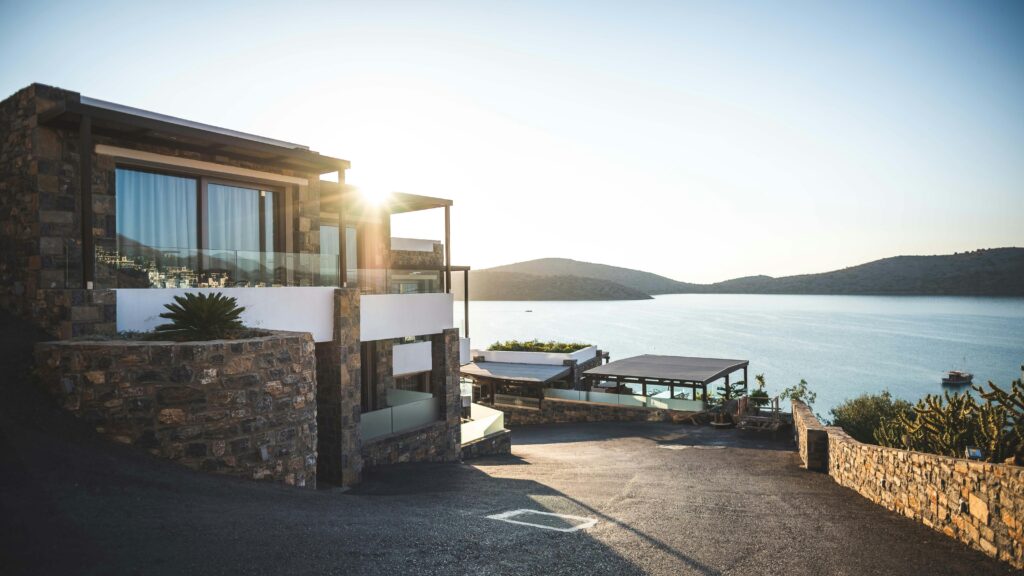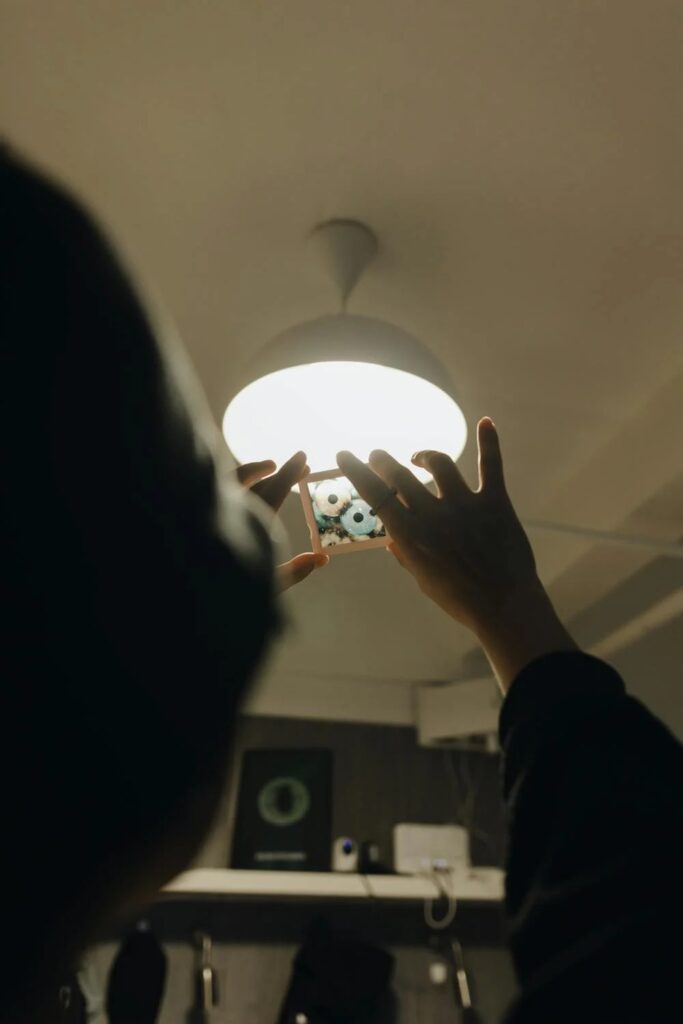Influencers Gone Wild: Unmasking the Chaos Behind Social Media Fame
Influencers Gone Wild refers to a growing trend where social media personalities engage in reckless, controversial, or unethical behavior to gain attention and go viral. This phenomenon exposes critical flaws in digital fame. Where algorithms reward shock over substance. As brands, audiences, and platforms grapple with the fallout, the solution lies in promoting accountability, supporting influencer well-being, and redefining success in the creator economy.
Summary Snapshot: What You’ll Learn
This deep-dive explores the explosive rise of Influencers Gone Wild a phenomenon where social media creators push boundaries, spark controversies, and redefine cultural norms. You’ll discover:
- How influencer behavior is reshaping digital culture
- What it means to “go wild” in today’s viral world
- The psychological, social, and commercial ripple effects
- Key case studies, platform trends, and future predictions
- How brands and audiences can navigate this chaotic space
Let’s peel back the filter and understand what’s really going on.
The Rise of Social Media Influencers
What Is an Influencer? A Look at Their Role and Reach
Influencers are modern-day storytellers with the power to shape public opinion. From beauty hacks to political views, they turn personal content into cultural influence. Their appeal? It’s not perfection that draws followers, it’s honesty. Today’s audiences crave influencers who are genuine, imperfect, and emotionally real in a world full of filters.
From nano-influencers (under 10k followers) to macro-megastars (millions), they’ve disrupted traditional marketing, making trust more valuable than celebrity.

The influencer boom was fueled by three powerhouse platforms: TikTok’s viral reach, Instagram’s curated appeal, and YouTube’s long-form storytelling.
Each platform has fueled this rise differently:
- Instagram sells lifestyle dreams filtered, curated, aesthetic.
- TikTok champions raw creativity and fast virality.
- YouTube delivers long-form content and monetization depth.
Together, they’ve turned everyday people into household names. But with power comes pressure and sometimes chaos.
What Does “Gone Wild” Really Mean?
The Term in Context: Shock Tactics, Stunts & Overexposure
“Gone wild” isn’t just clickbait, it’s a label for when influencers cross ethical or social lines. This might involve:
- Posting controversial or offensive content
- Promoting scams or harmful misinformation
- Staging dangerous stunts or pranks
- Oversharing personal drama for engagement
These acts often aren’t accidental. They’re strategic escalations meant to game the algorithm and dominate the feed.
Viral Examples of Influencers Pushing the Limits
Some of the most infamous “gone wild” moments include:
- Logan Paul faced intense criticism after uploading a video from Japan’s Aokigahara forest, resulting in widespread public outrage and terminated brand deals.
- James Charles vs. Tati Westbrook’s public fallout with fellow beauty influencer James Charles triggered one of the most dramatic subscriber shifts in YouTube history.
- Kylie Jenner’s luxury flaunts during social unrest: deemed tone-deaf and exploitative.
- David Dobrik’s prank culture: led to ethical concerns and corporate pullouts.
Each incident reveals how virality, fame, and recklessness often intertwine in influencer culture.
The Cultural Impact of Going Viral
Influencer Behavior and Changing Social Norms
Influencers don’t just reflect trends, they set them. When they behave outrageously, they redefine what’s acceptable. This changes the way audiences perceive:
- Beauty standards
- Gender roles
- Success metrics
- Moral boundaries
The danger? Fame becomes a reward not for talent, but for controversy.
Public Fascination, Reactions, and Online Engagement
Why can’t we look away? Because influencer drama is emotional, immersive, and participatory. Viewers don’t just observe, they engage:
- Sharing memes
- Canceling or defending creators
- Debating on Reddit, Twitter, and YouTube
It’s reality TV, democratized. And the audience is always watching.
The Business Side of Influencer Mayhem
Why Brands Still Partner with Risky Influencers
Surprisingly, many brands stick around. Why?
- High engagement numbers
- Strong niche communities
- Unmatched reach and visibility
Some brands gamble that even bad publicity will drive sales. Others believe they can manage risk through contracts and crisis plans.
Making Money from Outrage: The Monetization of Wild Content
Wild behavior can become a profit engine. Influencers monetize their chaos through:
- Sponsored apologies
- Exclusive subscriptions (e.g., OnlyFans, Patreon)
- Merch drops timed to scandals
- Ad revenue spikes from trending videos
The economics of outrage are very real. And tempting.
When Things Go Too Far: Controversies & Criticism
Public Backlash and “Cancel Culture” Responses
The internet is swift with judgment. When influencers step out of line, the consequences include:
- Hashtag campaigns (#Cancel[Name])
- Mass unfollows
- Brand deals collapsing overnight
- Viral apologies with mixed reactions
This cancel culture can feel like justice or mob rule depending on who’s watching.
Legal Grey Areas and Ethical Challenges
What happens when “wild” becomes illegal?
- FTC fines for undisclosed sponsorships
- Copyright strikes for unauthorized media use
- Defamation lawsuits
- Deplatforming for misinformation
Ethics and law often lag behind platform growth. But that’s beginning to change.
Personal Fallout: The High Cost of Going Wild
Reputation Damage and Trust Erosion
A study by Morning Consult found 78% of followers distrust influencers after a major scandal. In today’s overcrowded creator space, rebuilding trust after a scandal is one of the hardest battles an influencer can face.
Long-Term Career Setbacks in the Creator Economy
When the dust settles, many “gone wild” influencers face:
- Fewer brand partnerships
- Media blacklisting
- Community abandonment
- Mental health crises
Fame is fragile. A single mistake can rewrite a creator’s entire digital legacy.
The Psychology Behind Influencers Gone Wild
Attention-Seeking Behavior in the Algorithm Age
Algorithms reward the outrageous. Higher view counts often translate directly into greater exposure and increased earning potential. This encourages influencers to:
- Escalate content with each post
- Ignore boundaries for virality
- Chase drama as a strategy
It’s performance anxiety, weaponized by metrics.
FOMO, Validation, and the Gamification of Fame
Influencers live in a gamified reality. Every post is a score. Every like, a hit of dopamine. FOMO pushes them to maintain curated chaos even if it costs their peace.
This creates a cycle of validation addiction, often unseen by their followers.
Under Pressure: Mental Health in the Spotlight
Coping with Internet Fame and Constant Criticism
Behind the highlight reels lies burnout. Influencers face:
- 24/7 scrutiny
- Hate comments and cyberbullying
- Pressure to always be “on”
- Isolation and overwork
These conditions often mirror those of high-performance athletes with none of the institutional support.
Burnout, Anxiety, and the Collapse Behind the Filter
Many creators report:
- Depression
- Panic attacks
- Body dysmorphia
- Digital fatigue
Some walk away altogether. Others suffer silently, hiding distress behind filters and hashtags.
Why Are We So Hooked? Audience Obsession Explained
The Entertainment Value of Outrageous Online Content
Scandal satisfies our primal need for conflict resolution. It’s emotional, dramatic, and unpredictable.
Watching someone else fall apart gives us a vicarious thrill and a break from our own routines.
Cultural Voyeurism and the Need to Comment
We’ve become digital voyeurs, peeking into lives we don’t live and judging them in real time.
Influencer chaos lets us discuss deeper issues like:
- Ethics
- Mental health
- Celebrity culture
- Social media’s role in society
We’re not just watching. We’re learning even if unconsciously.
Niche-Specific Wild Moments
Fashion & Beauty Influencers Who Crossed the Line
Within the beauty industry, relentless perfectionism has sparked a wave of damaging practices, including:
- Filtered lies
- Dubious product endorsements
- Toxic brand feuds
When these bubbles burst, they often take down reputations and sometimes companies with them.
Fitness & Lifestyle Personalities Pushing Boundaries
In wellness circles, “gone wild” might involve:
- Promoting extreme diets or unsafe supplements
- Fake “transformation” photos
- Selling pseudoscience
These influencers often hide harm behind the guise of “health.”
The Future of Influencer Behavior
Upcoming Trends: Realness, AI Influencers, and Micro-Controversies
Watch for:
- Authenticity over perfection
- AI-generated influencers with curated drama
- Micro-influencers dominating with niche loyalty
- Purpose-driven collaborations
Modern audiences are becoming more discerning and with that comes a rising demand for authenticity and accountability.
Possible Platform Algorithm Shifts and Restrictions
Social platforms such as TikTok and Instagram are beginning to shift their focus toward:
- Suppressing hate speech and misinformation
- Prioritizing positive engagement
- Introducing wellness tools for creators
The Wild West is maturing. And rules are coming.
How to Navigate a Complex Influencer Landscape
Spotting Authentic Creators vs. Performative Personas
Look for:
- Transparent disclosures
- Consistent values
- Constructive impact
- Humility during criticism
If someone seems too polished or too chaotic, they probably are.
Smart Engagement Strategies for Brands and Audiences
For brands:
- Vet creators thoroughly
- Use crisis clauses
- Align on values, not just vanity metrics
For audiences:
- Follow thoughtfully
- Call out harm respectfully
- Reward creators who uplift, not exploit
Building a Healthier Influencer Culture
Peer Networks, Mentorship, and Emotional Safety
Agencies and platforms should support creators through:
- Peer-led communities
- Mental health resources
- Burnout prevention tools
- Educational workshops
Influencers aren’t invincible. It’s time to stop placing influencers on unrealistic pedestals as if they’re flawless or infallible.
Encouraging Meaningful and Positive Influence
Imagine a world where “gone wild” meant:
- Advocating for mental health
- Calling out injustice
- Sharing real struggles
- Uplifting marginalized voices
That’s the power of digital storytelling, when used wisely.
Regulation and Responsibility in the Digital Arena
Existing Laws Influencing Content Creation
Currently, influencers must follow:
- FTC sponsorship guidelines
- Copyright and defamation laws
- Community platform rules
Still, enforcement is often patchy or inconsistent.
What Future Legislation Could Look Like
Expect:
- Global influencer licensing
- Verified ethical marketing standards
- Platform liability for influencer misconduct
- Mental health protections in creator contracts
The legal system is catching up. Slowly, but surely.
Conclusion: What “Influencers Gone Wild” Reveals About Us All
In the end, this isn’t just a story about influencers.
It’s about us.
About what we reward, who we follow, and how we define entertainment, success, and integrity in a digital age.
“Gone wild” moments are cultural mirrors. They show us both our fascination with fame and our hunger for meaning. If we choose wisely. What we watch, who we support, and what we share, we can reshape social media into something not just wild, but worthwhile.
FAQs About “Influencers Gone Wild”
1. What does “Influencers Gone Wild” actually mean?
It refers to social media influencers engaging in outrageous, controversial, or unethical behavior often to gain attention, spark engagement, or go viral.
2. Why do influencers risk their reputation for virality?
Algorithms reward high engagement, and controversy often generates views fast. For some creators, the short-term attention outweighs long-term credibility.
3. Are brands still working with controversial influencers?
Yes, some brands continue to collaborate if the influencer maintains high reach and engagement. However, more brands now factor in reputation and audience trust.
4. What are the long-term effects of going “too wild” online?
Consequences may include loss of sponsorships, public backlash, follower drop-offs, legal trouble, and mental health deterioration.
5. How do audiences usually respond to influencer scandals?
Responses can vary widely from loyal fans defending the creator to widespread criticism, unfollows, and even trending calls for cancellation. Much depends on how serious the controversy is and how the influencer handles it.
6. Can influencers recover after a major public fallout?
Some do by issuing sincere apologies, rebranding, or shifting focus. Others struggle to regain trust and fade from relevance.
7. What platforms are most associated with influencer controversies?
TikTok, Instagram, and YouTube are the main platforms where influencers have gained and lost fame through viral controversies.
8. Is there any regulation for influencer behavior?
Yes. Agencies like the FTC enforce rules on sponsorship disclosures and truth in advertising. However, enforcement varies, and gaps still exist.
9. What role does mental health play in these public breakdowns?
Many influencers experience burnout, anxiety, and depression due to the pressure to perform constantly under public scrutiny.
10. How can audiences support more responsible influencer culture?
By engaging with creators who promote honesty and values, calling out harmful behavior, and encouraging content that uplifts rather than exploits.
Latest Blog Posts















